-
Contenuti simili
-
Il futuro dei siti produttivi Stellantis 1 2 3 4 859
Pubblicato da The Summarizer,
- stabilimenti
- psa
- (e 1 altro in più)
- 8583 risposte
- 1321020 visite
-
Fiat -> FCA -> Stellantis - Filosofia su una holding multinazionale 1 2 3 4 145
Pubblicato da espresso,
- 1444 risposte
- 142236 visite
-
Scelte strategiche gruppo Stellantis NV 1 2 3 4 1162
Pubblicato da 4200blu,
- newco
- stellantis
- (e 2 altri in più)
- 11612 risposte
- 1972784 visite
-
-
-


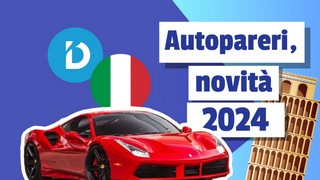


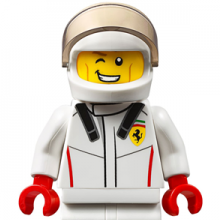
.thumb.jpg.902d2a4f20a129e92b6f6920407b81bd.jpg)


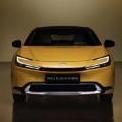

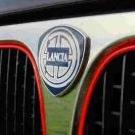

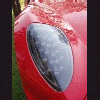







Messaggi Raccomandati: